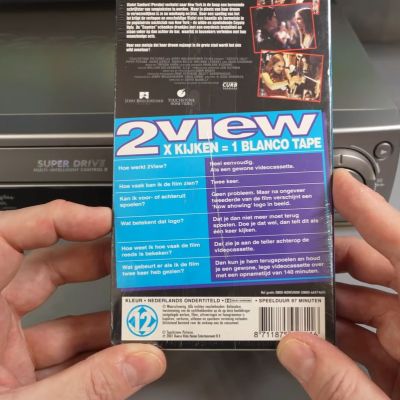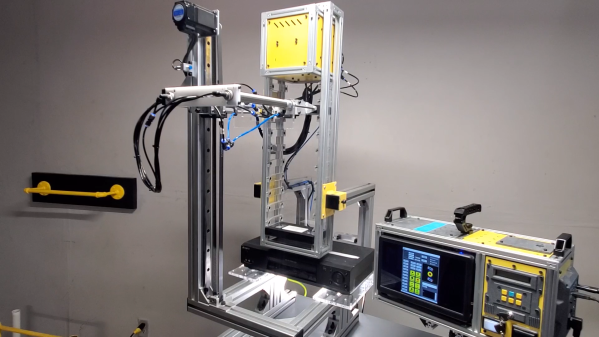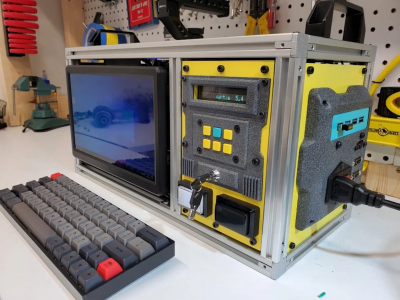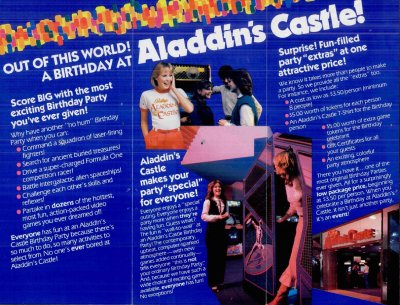Redbox was a company with a moderately interesting business model—it let you rent DVDs from automated kiosks. It’s an idea so simple it’s almost surprising it didn’t appear sooner. Only, it did—all the way back in the VHS age!
Meet the Video Vendor. YouTuber [SpaceTime Junction] was able to track down one of these rare machines, which apparently formerly served an Ohio rental outlet called Kohnen’s. It’s a monstrous thing that stands taller and about three times wider than traditional vending machines, and it could hold up to 320 tapes in its robotic magazine. It’s got lashings of woodgrain, a green-on-black CRT, and the beautiful kind of clicky keys that went away after the 1980s.
[SpaceTime Junction] has a bunch of videos up on the machine, and you even get to see it powered up. It’s a little difficult to see what’s going on, because the machine is something like nine feet wide and it’s all shot in vertical video. There isn’t a whole lot of content on these obscurities out there, so this is a great place to start. Apparently, there were recently a hundred or more of these found living in a Texas warehouse according to Reddit, so we might see more of these popping up online soon. [SpaceTime Junction] has toured that facility, too.
You can read more about the fall of Redbox, or the cleanup afterwards, in our prior coverage.
Continue reading “RedBox In The 80s: Meet The VHS Vending Behemoth”



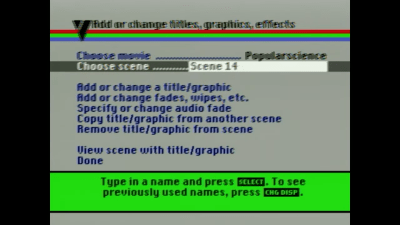 Once assembled, the system resembled a spaghetti junction of cables and clunky commands. One wrong button press could erase precious minutes of hard-won footage. Still, the determination of DIY pioneers drove the machine’s success, setting the stage for the plug-and-play ease we now take for granted.
Once assembled, the system resembled a spaghetti junction of cables and clunky commands. One wrong button press could erase precious minutes of hard-won footage. Still, the determination of DIY pioneers drove the machine’s success, setting the stage for the plug-and-play ease we now take for granted.
